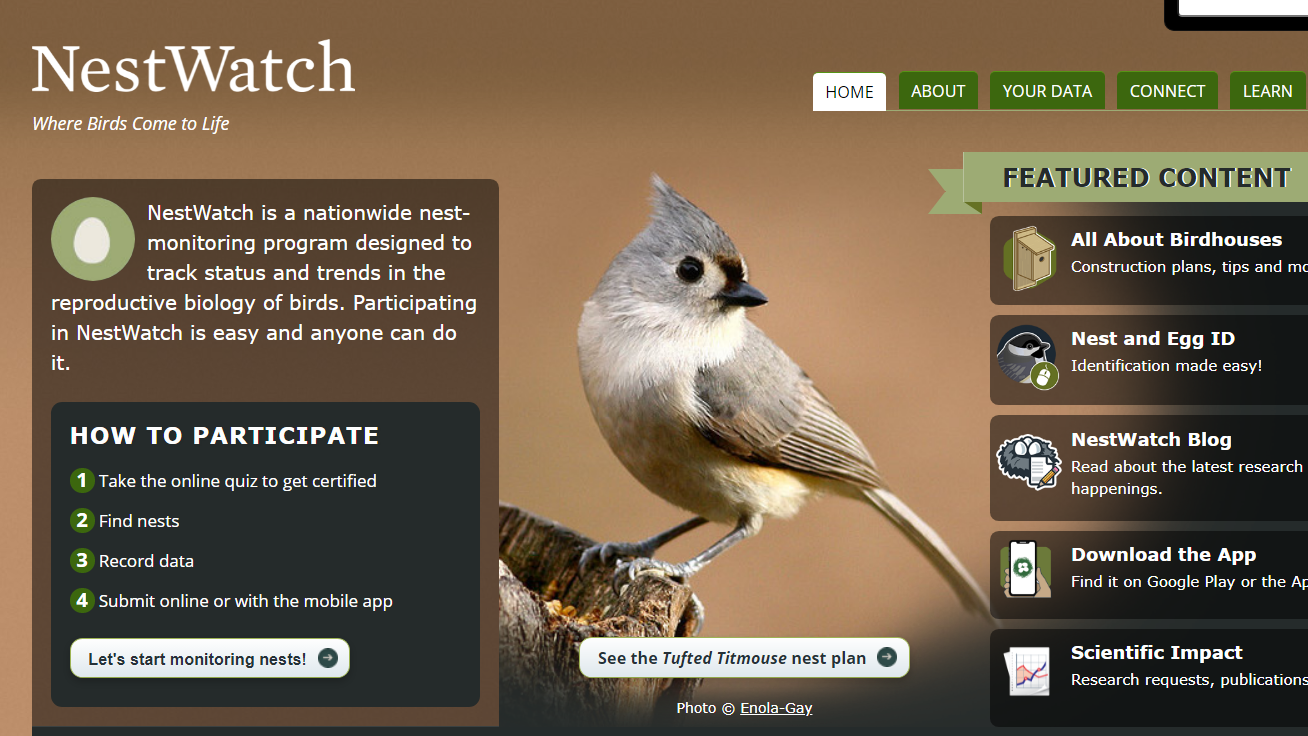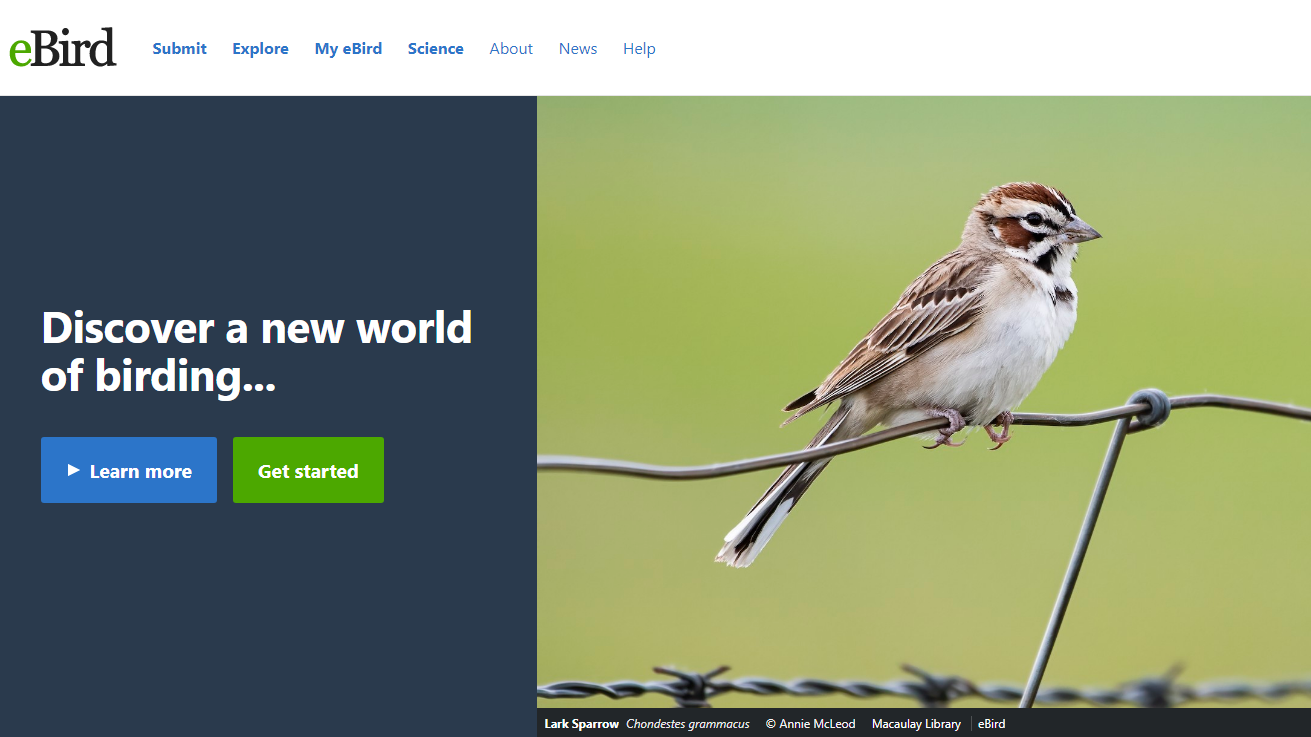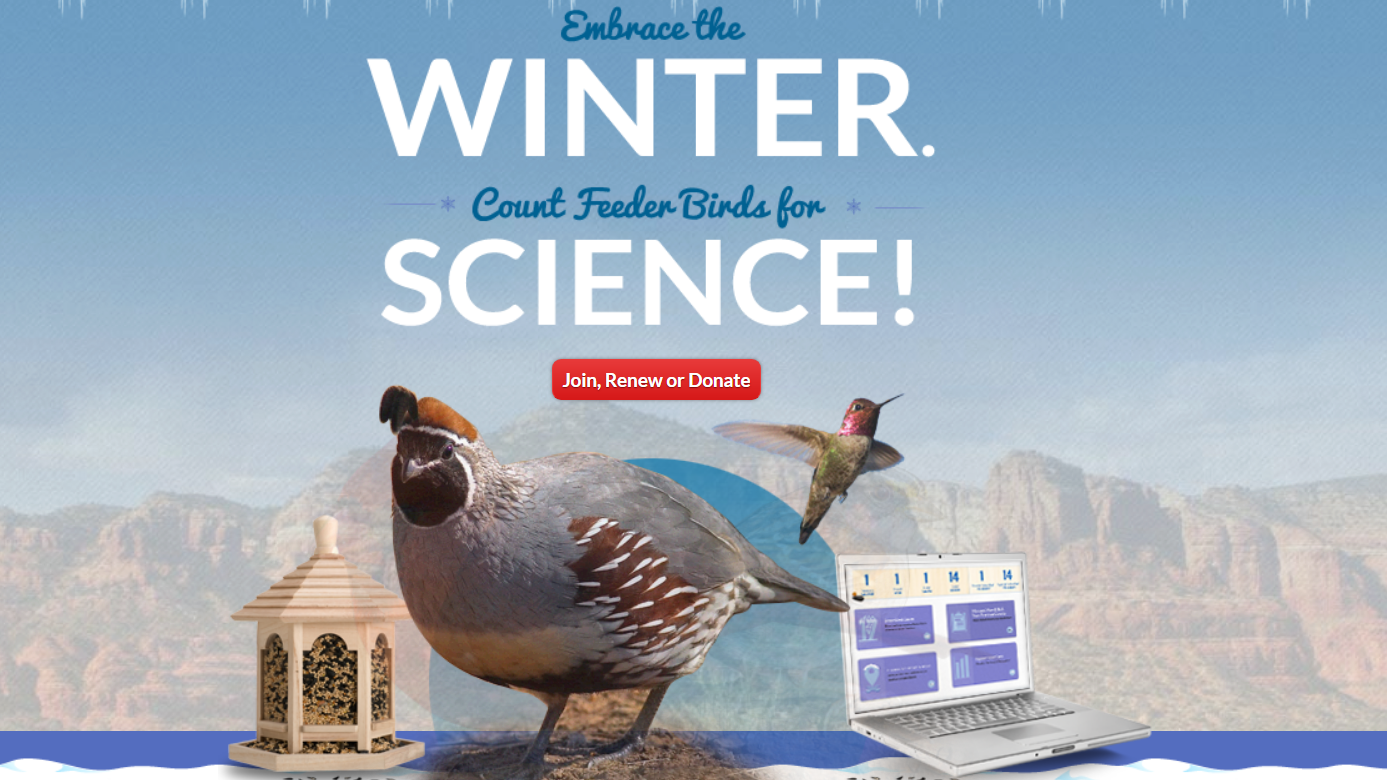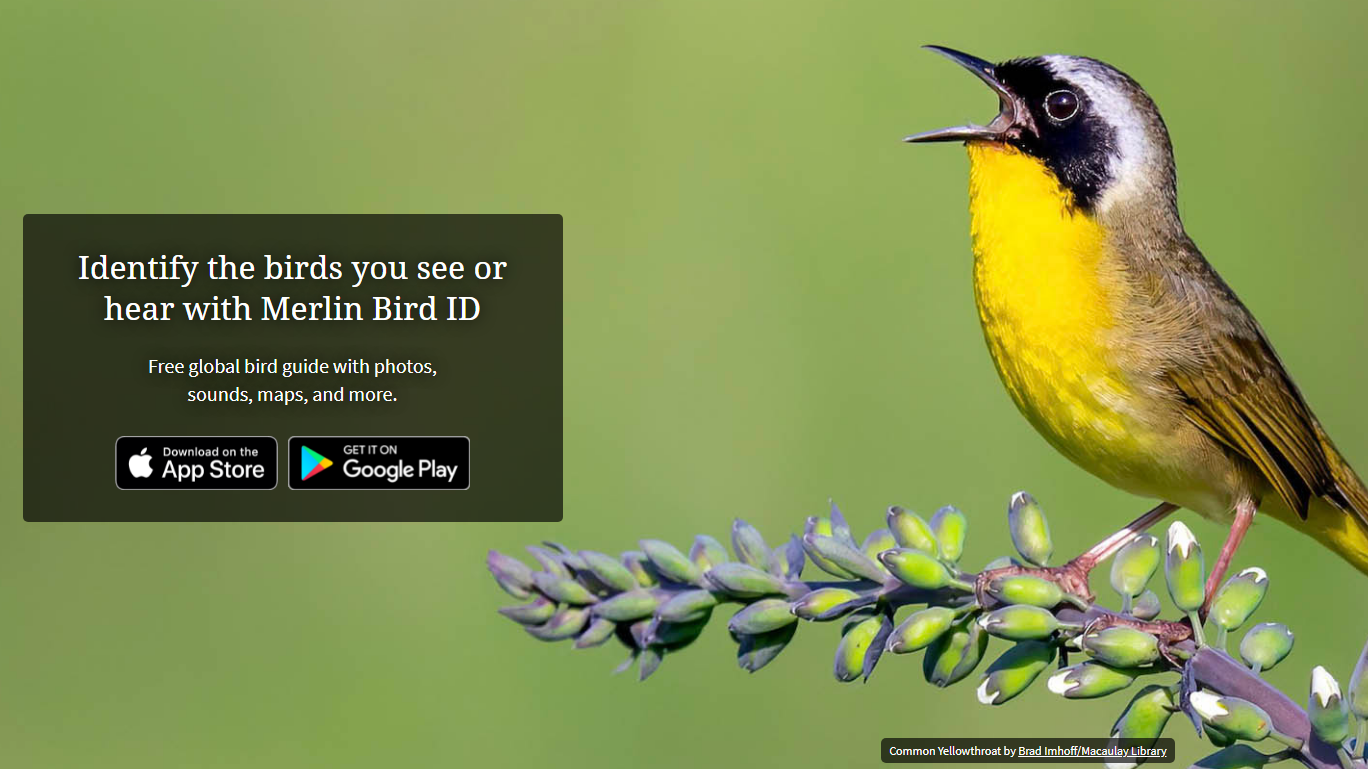How to Stay in Touch and Keep Contributing
July 8, 2021Thank you to everyone who has been a part of Bird Cams Lab! Whether you just joined this past year, or have been with us since the beginning, we sincerely thank you for being a part of our community.
Bird Cams Lab became an incredible community of curious and passionate people, and we had a lot of fun learning from and engaging with you. We are thrilled by the success of the project which engaged more than 7,600 people in six investigations. We are also grateful to every contributor as well as to the National Science Foundation which supported this work. As the project wraps up this summer, we hope you’ll stay in touch with the Bird Cams and explore additional projects that enable you to stay involved in the Bird Cams Lab spirit: working together, learning new things about birds, and doing science.
To ease this transition we have compiled a short list of these projects and programs, and have differentiated them based on whether they focus on science or focus on learning more about birds. We hope you enjoy, and invite you to share any additional projects or programs you are a part of in the comments section at the end of this post.
Jump to…
Stay in Touch with Bird Cams
Live Bird Cams
Keep watching the Cornell Lab of Ornithology’s live cams for close-up views of the lives of birds across the hemispheres. Sign up for our Bird Cams eNewsletter to get fun highlights, news, and announcements about the cams. You can also stay connected to the birds and the cam community by following Bird Cams on Facebook, Twitter, Instagram, or YouTube.
Continue Doing Science
Nest Quest Go!
Nest Quest Go! is a Cornell Lab of Ornithology project that helps scientists understand the historical nesting patterns of North American birds. You can contribute by transcribing nest-record cards that contain data from across the 20th century. Just as Bird Cams Lab collected data from video clips taken from the Bird Cams, the Nest Quest Go! community is collecting data from nest-record cards on Zooniverse.
You can also participate in other citizen-science projects on Zooniverse that look at short video clips just like we did for Bird Cams Lab, including Woodpecker Cavity Cam and PELIcams.
NestWatch
A nationwide nest-monitoring program designed to track the reproductive success of breeding birds. Two of the Bird Cams Lab investigations sought to understand more about Red-tailed Hawks breeding above Cornell University’s athletic fields. NestWatch gives you the chance to apply what what you’ve learned to study the birds nesting in your own backyard.
eBird
Bird Cams Lab gave you the chance to turn your observations of what was happening on the Bird Cams into scientific discovery. eBird enables you to do the same thing by observing and recording the birds around you! New and long-time birdwatchers alike are invited to submit observations of birds, including photos and audio recordings. They store your data along with millions of others, and make them freely available to power scientific research, conservation, and education.
Project FeederWatch
Did you love watching and learning about feeder birds as part of the Bird Cams Lab investigations? Each year starting in November, Project FeederWatch asks for help studying birds in the United States and Canada—right in your own backyard or other regular viewing location. You don’t even need a feeder! All you need is an area that attracts birds. (If you’re in the UK, you can also study backyard birds with Garden BirdWatch.)
Continue Learning About Birds
Bird Academy
In Bird Cams Lab, we had the chance to learn more about the birds seen on the Bird Cams by studying them. Bird Academy gives you the opportunity to take your passion for learning about birds even further via online courses. There is something for everybody, from Joy of Birdwatching to Nature Journaling to Understanding Bird Behavior.
Merlin
In the last Bird Cams Lab investigations, we studied the species that visit the Cornell Feeders and the Panama Fruit Feeders cam, and in doing so learned how to identify them. Take your bird identification to the next level by using Merlin. It’s an app that can help you identify a bird by either sight or sound (a brand new feature!).
Are you involved in another project or program that isn’t featured here? Share it with the community in the comments section.







